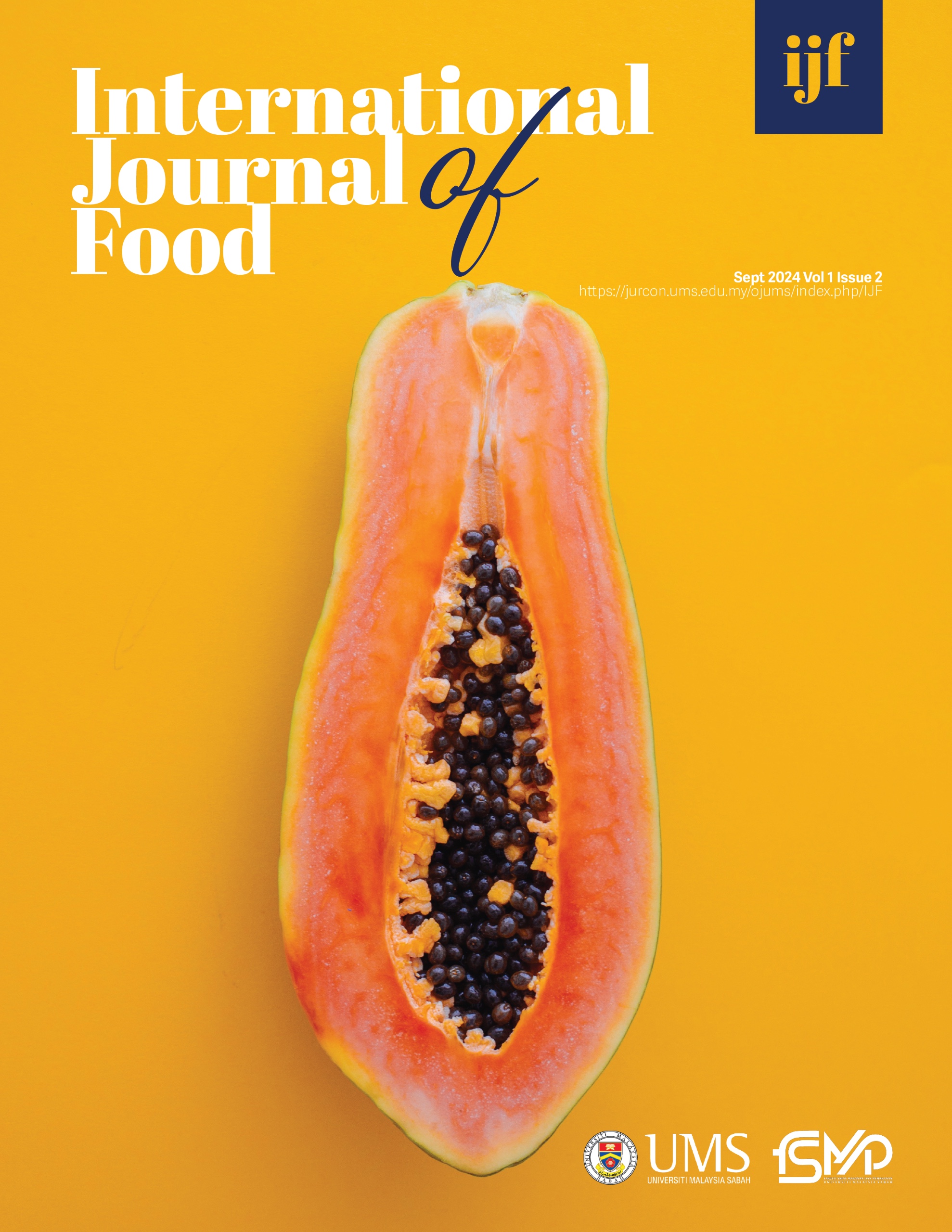Physicochemical Properties and Storage Stability of Lemon Slices (Citrus limon) Dried with Oven and Cabinet Dryer
Abstract
This study aimed to investigate the changes in the quality of lemon dried with oven and cabinet drying methods at different temperatures (40°C, 50°C and 60°C) in three months of storage and packaged in different packaging materials (aluminium laminated polyethylene (ALP) and low-density polyethylene (LDPE)). All lemon slices dried at different temperatures were achieved at <12.95% moisture content and water activity <0.60 to produce microbiologically safe products. As the drying temperature increased in both drying methods, the redness (a*) decreased, while the lightness (L*) and yellowness (b*) values increased. A significant increase in vitamin C and total phenolic content (TPC) was observed with increasing drying temperature at 60°C for both drying methods. After 3-months of storage, lemons dried with cabinet drying at 60°C and packaged in ALP had better retention of vitamin C (42.84 to 13.77 mg/100g – 26% reduction). Dried lemon using a cabinet dryer at 50℃ and packed in ALP and LDPE exhibited the lowest loss of total phenolic content (10.72% and 10.71%). In short, drying methods, drying temperature, and packaging materials significantly affected the physicochemical properties of dried lemon slices.






